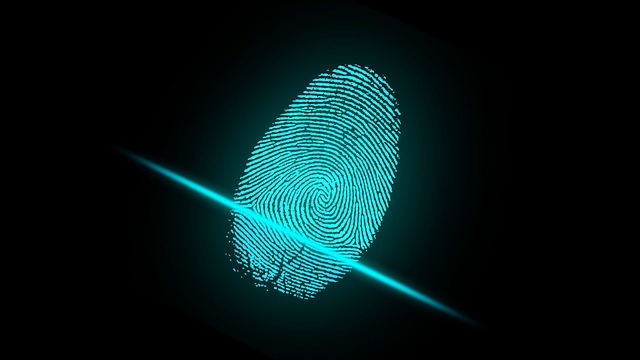
Fingerprints left on bullet casings can go a long way towards solving a case.
Welcome back, and thanks for joining Michigan’s premier criminal defense lawyers, The Kronzek Firm, as we wrap up this article series on how investigators links specific guns to crime scenes. In our previous articles we looked at the first four items on the list, including gunpowder residue, firing pin impressions and bullet trajectory. Moving forward we’re going to discuss the last two ways that investigators commonly link a specific weapon to a crime scene. Stick around, you may learn something you didn’t know before courtesy of our criminal defense team!
Tissue Damage:
In this case, the tissue we’re talking about is the specific cellular matter and material that the human body is made of. In other words, muscle tissue and flesh. When a person is shot, the wound that is created when a bullet enters, and sometimes exits their body, can tell investigators a lot about the type of gun it was fired from. A wound can also provide a lot on information about the distance a bullet was fired from, the sequence of hits, the caliber of the weapon used, the type of bullet, and even the velocity. Even if no bullet is recovered, the wound itself is a font of information.
Examples of this would be:
- External bevelling around the entrance wound, which tells an investigator that the gun barrel was perpendicular to the bone when it was fired.
- Fracture lines in dense bone, like a skull, can help to identify the distance, velocity and direction of fire.
- Wounds with blackened, seared skin on the margins reveal a contact shot where the gun was pressed against the body.
- Grazing bullets leave little flaps of ragged skin which are torn from the body as the bullet passes by at high speed.
- Exit wounds are usually larger and more ragged than entry wounds.
Other examples of how wounds can tell investigators about the weapons and bullets used to create them, lie in the extent of the damage. Centerfire rifles, for example, create extensive tissue damage with larger entry points, while handgun wounds are usually smaller and neater. Wounds are also affected by the type of bullet used. Full metal jacketed bullets produce less tissue damage, traveling through the body undamaged, while semijacketed bullets result in the classic “lead snowstorm” appearance on X-rays. This is due to how the bullet jacket peels back as it travels through the body, releasing many small lead fragments
Fingerprints:
Before firing a gun, a person must first load the gun with bullets. This requires touching the bullets themselves. And unless the gunman plans ahead for the crime by wearing gloves, his or her fingerprints will end up on the bullets.
Every time a person touches a bullet while loading a firearm, they leave miniscule quantities of salty sweat behind. When a bullet is fired away from its casing, the metal of the casing is instantly exposed to an enormous amount of heat, which vaporizes the moisture left behind, and sets the salts. This happens because the salts become molten, and a chemical reaction that takes place with the metal permanently etches the fingerprints into the casing.
We hope this series was helpful to you, and has explained a few of the finer points about how evidence can link specific weapons, and therefore specific people, to crime scenes. Stick around, because we plan to cover aspects of crime scene investigation and evidence collection in the future. Until then, if you or a loved one have been charged with a gun crime, or accused of any other criminal activity in Michigan, contact The Kronzek Firm immediately at 866 766 5245. Our experienced defense attorneys have spent decades successfully defending the people of Michigan against allegations of assault, armed robbery, fraud, arson and sexual assault. We have earned positive outcomes for hundreds of clients over the decades. We can help you too.